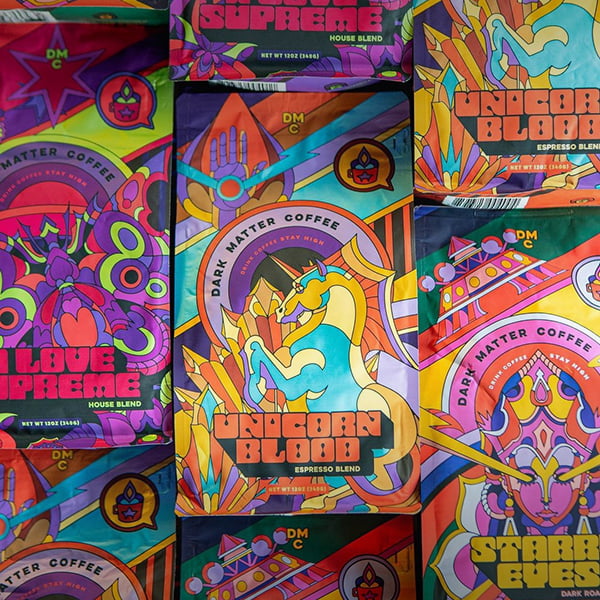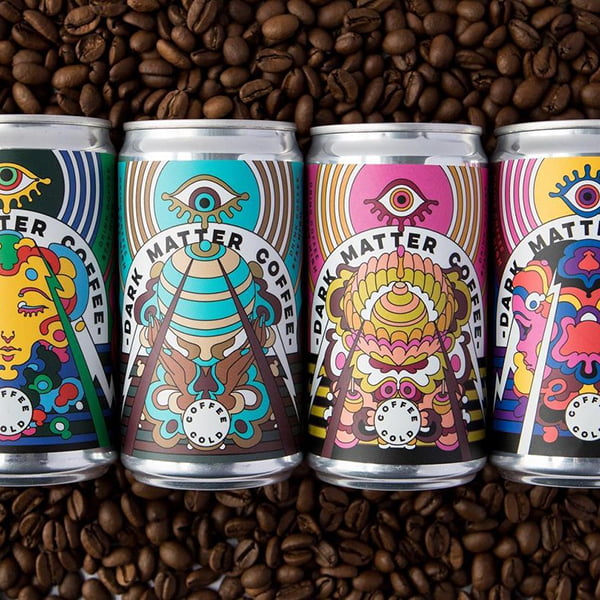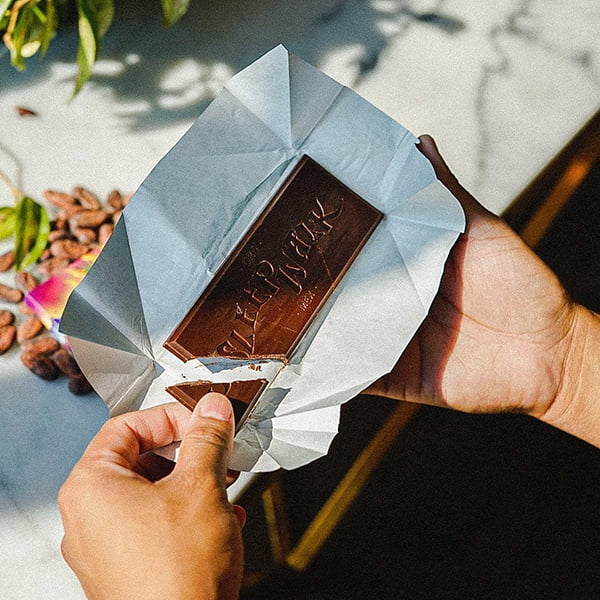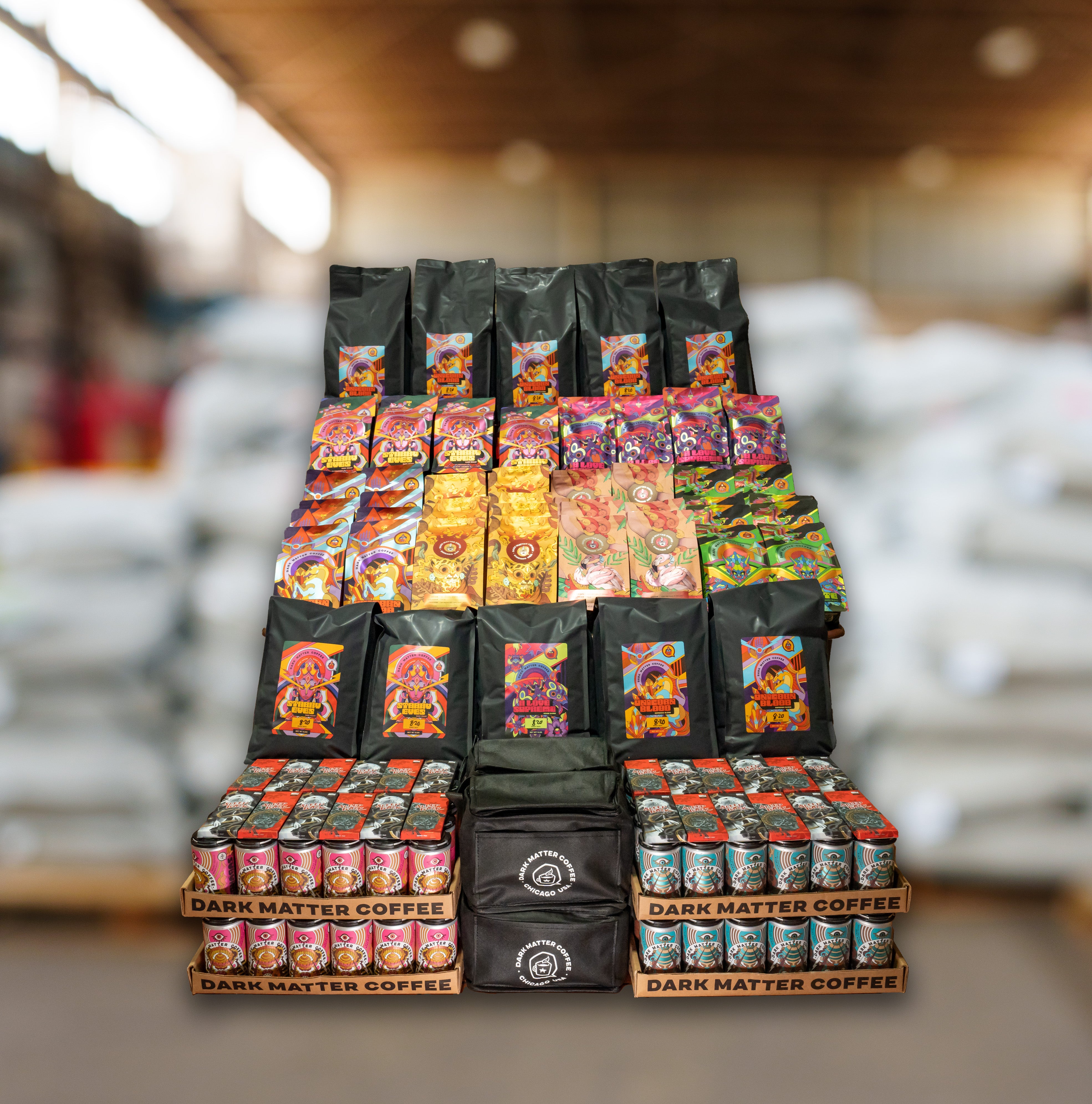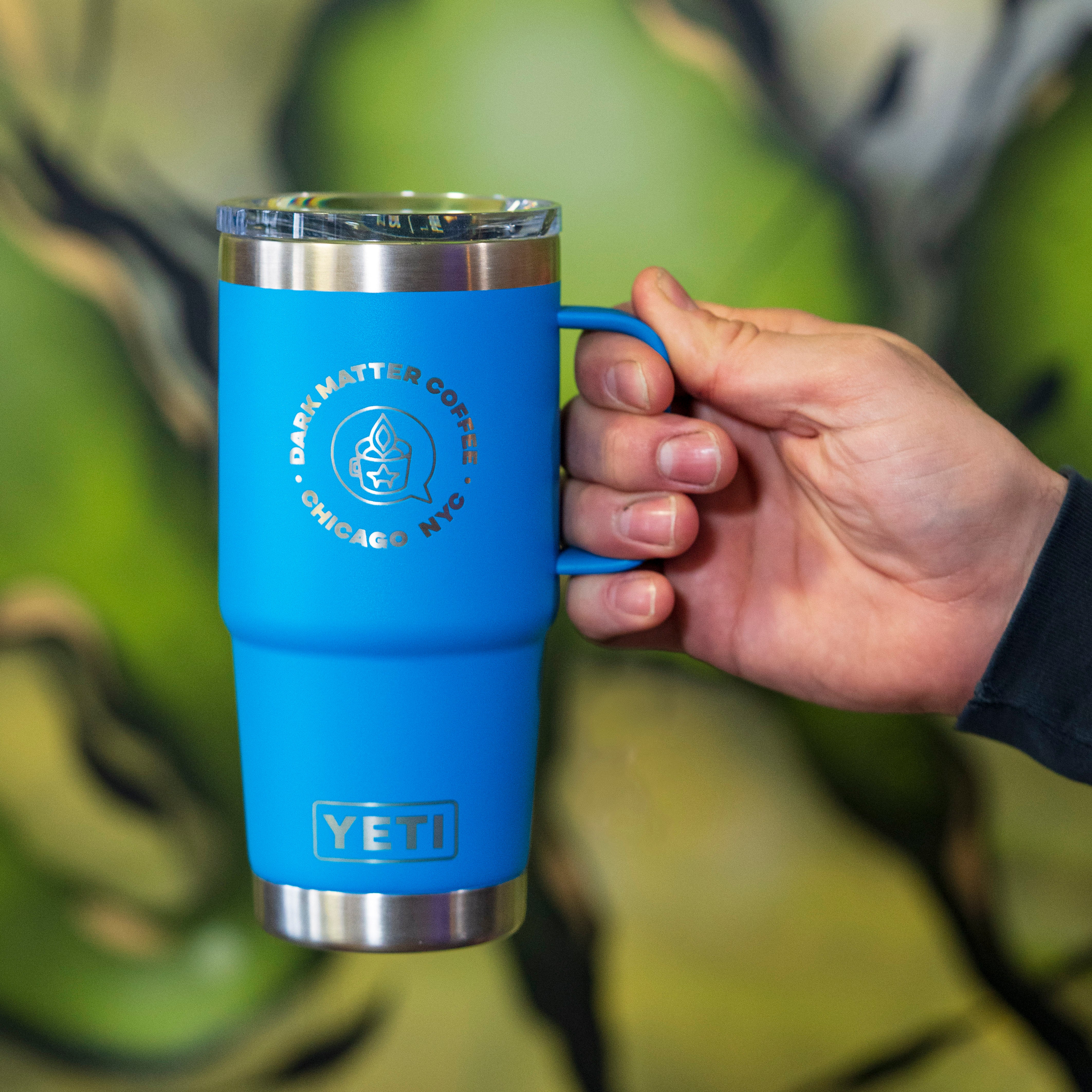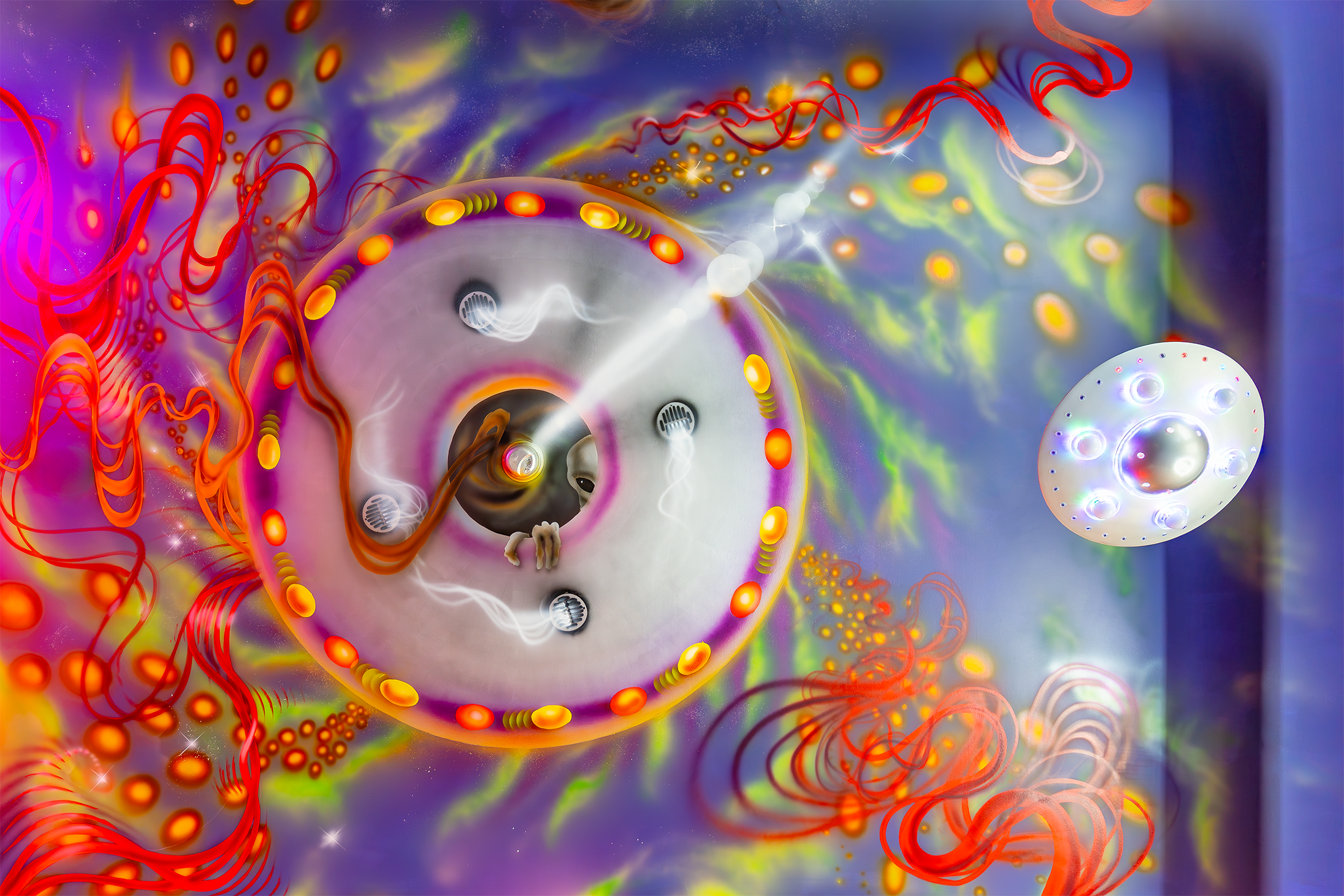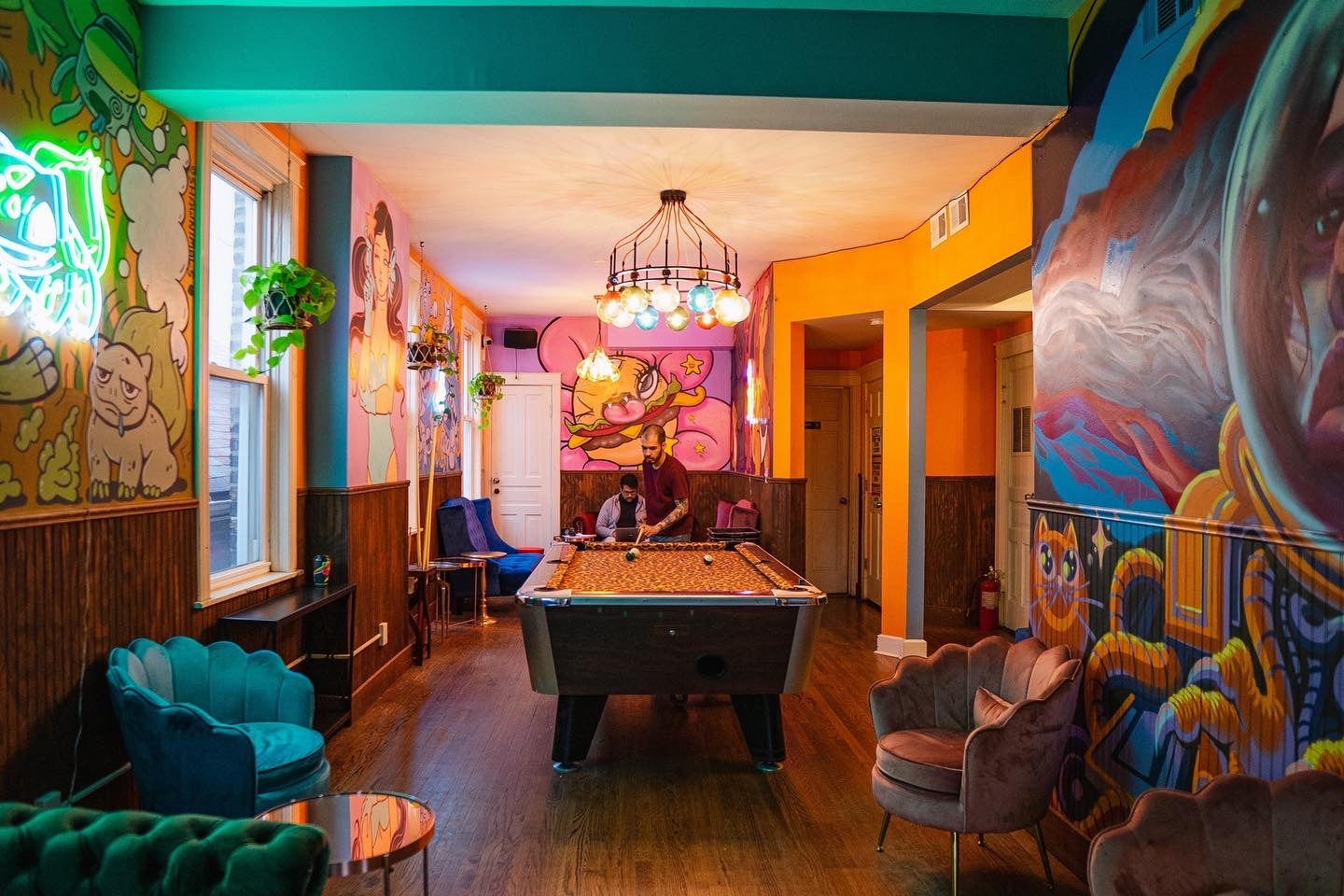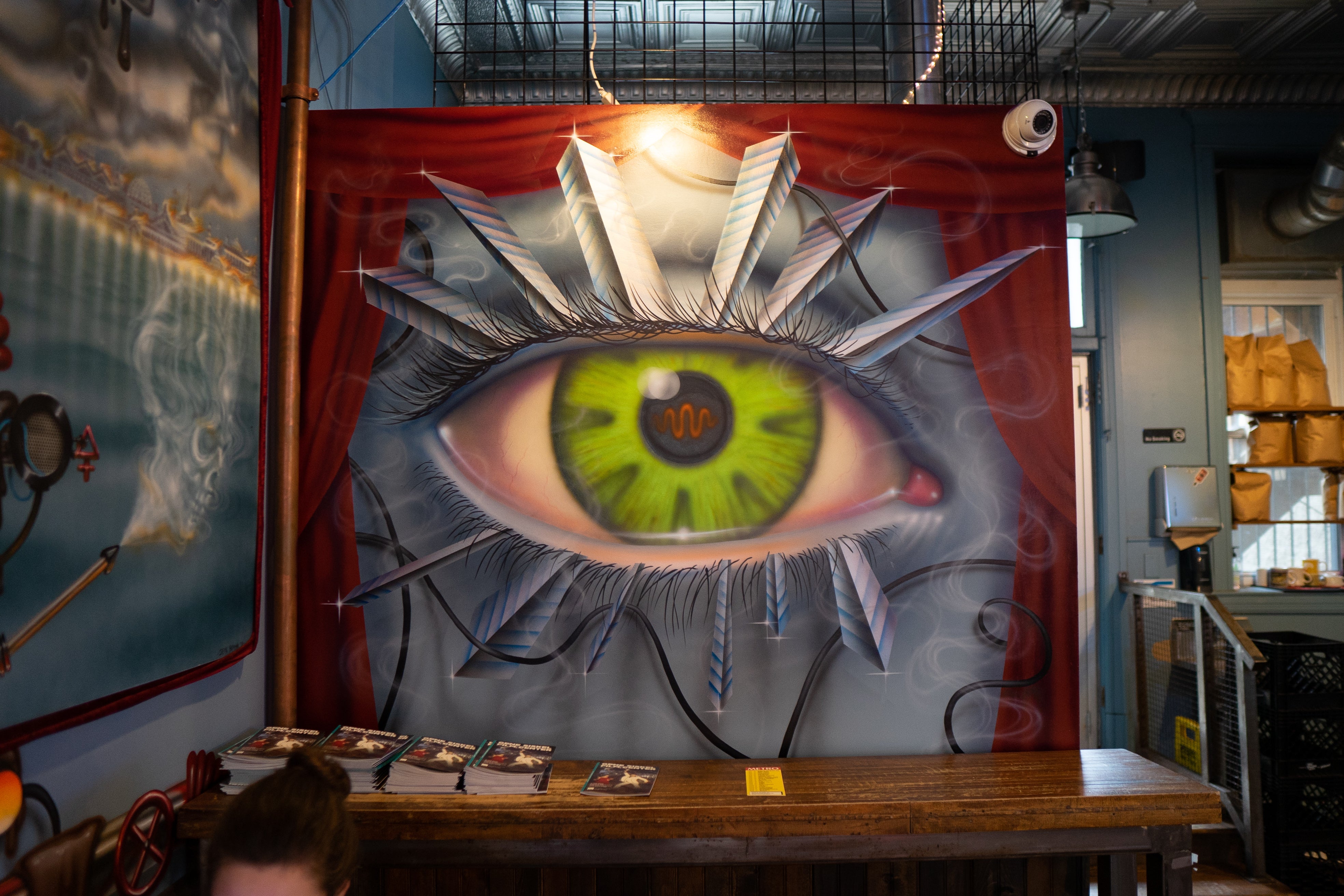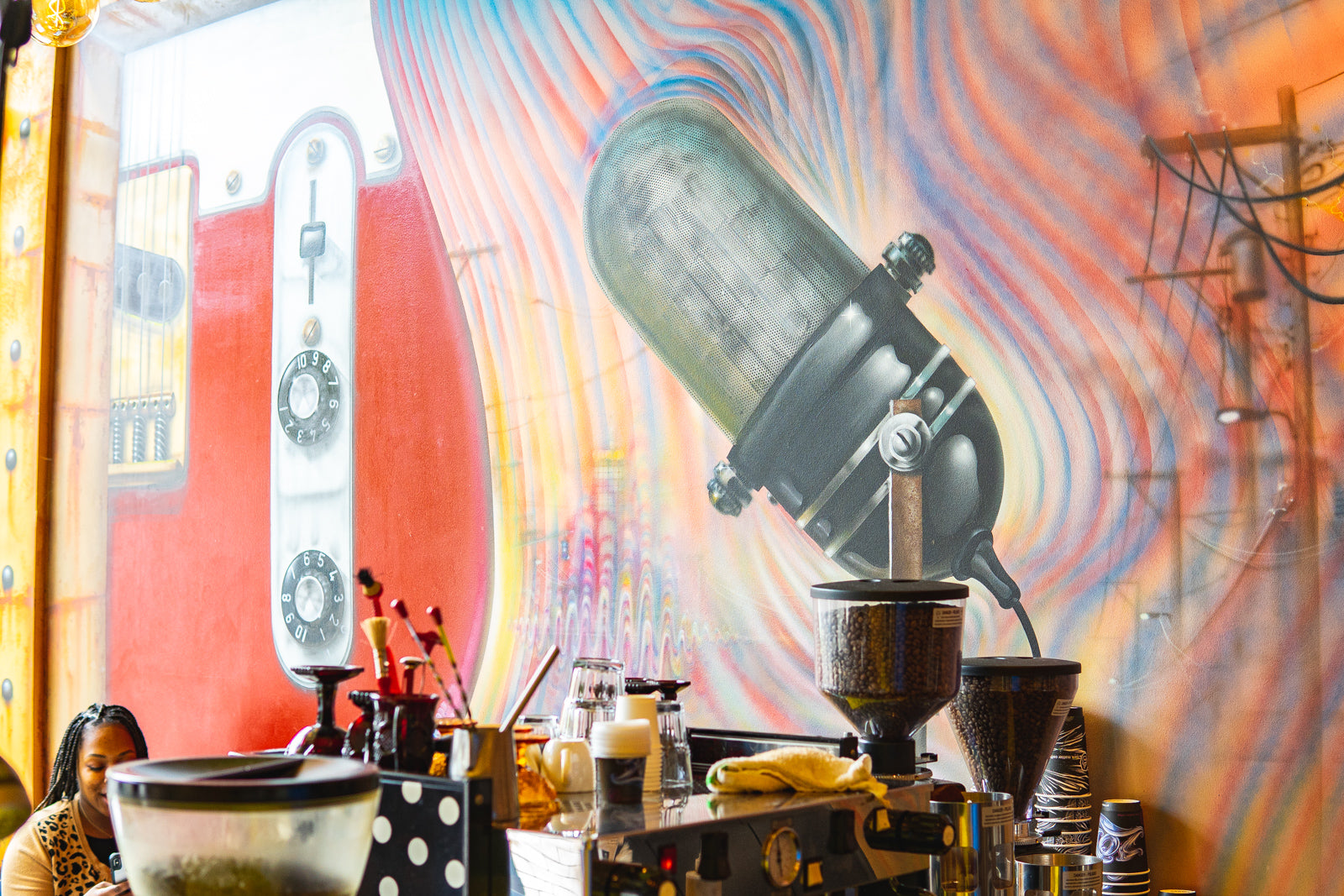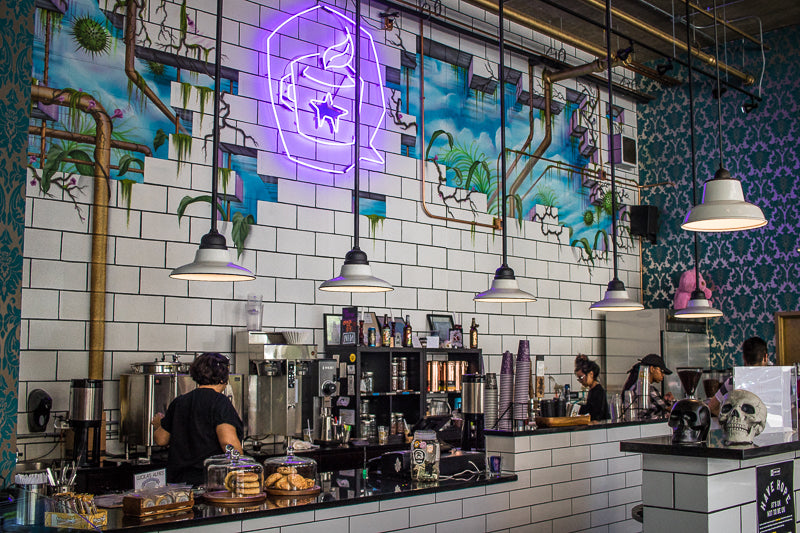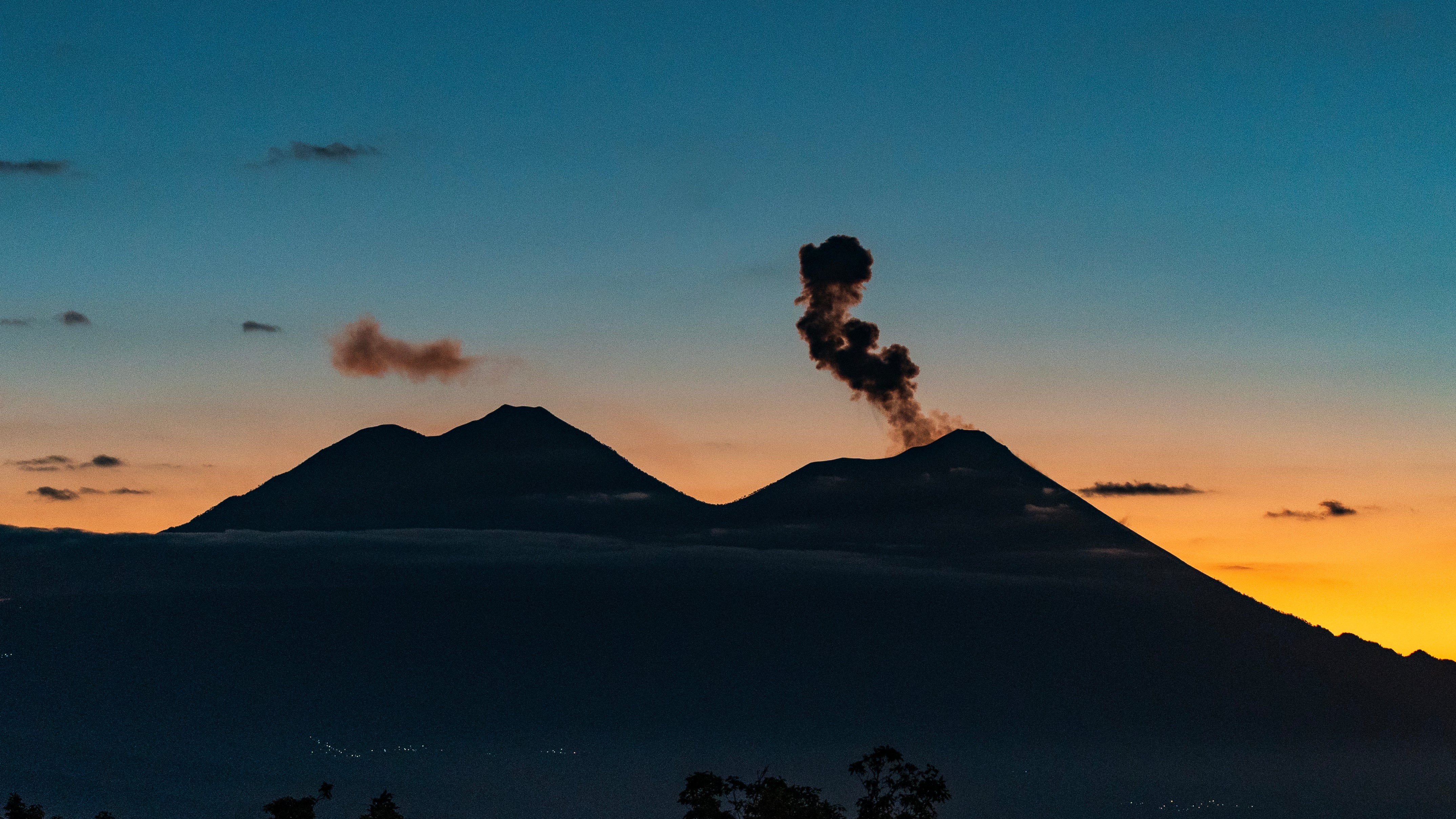News
Filter by
All
#doritecollab
anniversary party
argonne
Barrel Aged
barrel aged coffee
Big Hugs Beer
Bourbon
Brain Tentacles
Brown Acid
Bruce Lamont
cafe tuxpal
CH Distillery
Chicago
Chicago Music Exchange
Chirp Record Fair
Coffee
coffee processing
craft beer
Craft Whiskey
dark matter
Dark Matter Coffee
Dave Witte
Do Rite Donuts
Dogma Group
Donuts
Dusty Groove
El Salvador
Espresso
Experimental Coffee
federico pacas
Fermentation
fermilab
Fernet
finca san jeronimo
Finca San Jeronimo Miramar
Four Roses
Frances Brennan
Funk
glass animals
Guatemala
Guns & Roses
Half Acre
Heavy Metal
High Concept Coffee
honey process
Hopped Coffee
ignite gaming lounge
Japan
Jazz
Jeff Mahin
Koval
Letherbee Distillers
Lollapalooza
maplewoodstock
Martin Atkins
Meddle
Modern Cannabis
Ms Mr
natural process
Nature's Grace and Wellness
Pipeworks Brewing
Press Pot Recordings
Public Image Ltd Tokyo
Slow Dry Process
Soul
specialty coffee Japan
Street Fighter
Supercollider Event Series
Tokyo
Trouble In Mind Records
unicorn blood
university of chicago
Vanilla Suburbs
Vinyl
War On Drugs
Warm November Rain
washed process
West Loop
Wild Jesus
Wine
Yeast Fermentation
Experimental Coffee - Beer Yeast Fermentation
Fermentation is an integral point in the processing of coffee. For the majority of coffees, fermentation is a tool used to break down the sugary, gelatinous plant material (pectin) surrounding...
Experimental Coffee - Wine Yeast Fermentation
These coffees represent our continued development with fermentation, specifically, a species of yeast called Saccharomyces cerevisiae. Saccharomyces is primarily needed to produce beer, wine and bread making it one of the most important...

